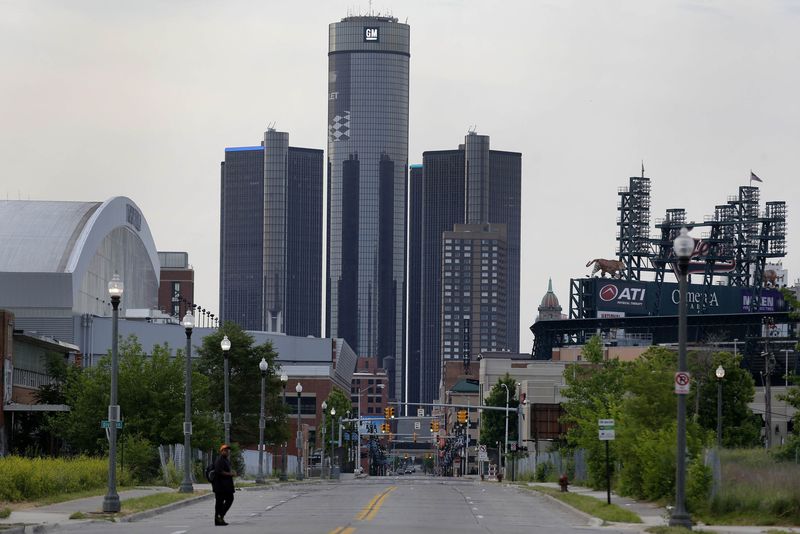BofA warns Fed risks policy mistake with early rate cuts
By Michael Elkins
General Motors (NYSE:GM) hosted an investor event focused on their autonomous unit, Cruise. The event featured demonstrations and discussions as well as rides in the Cruise autonomous vehicles.
A Wells Fargo analyst wrote in a note about his experience, saying, “During our Cruise test ride, the vehicle had trouble ending our trip at our final destination and rerouted twice before I decided to partially open the door, which prompted the vehicle to stop and let me exit. We also noticed that the vehicle travels at a lower speed than a human driver, likely reflecting better adherence to safety rules. A 2019 The Information article noted that AV rides took 80% longer than normal rides.”
Cruise management at the event included CEO Kyle Vogt, CFO Bill Nash, COO Gil West and six other senior executives.
Vogt made several announcements at the event. Including an announcement that Cruise would soon be expanding to Austin and Phoenix before the end of the year. Unexpected news, considering that Cruise currently is only allowed to operate within a geofenced zone outside of downtown San Francisco, and only between 10 PM and 6 AM. Cruise currently has no infrastructure set up in Austin, but plans to ramp operations to launch within 90 days.
Vogt also announced that Cruise is targeting $1B in sales by 2025. A sort of pace marker for the company’s earlier announced target of $50B by 2030. For reference, the analyst noted that “Uber's ridehail platform logged $37B in global gross bookings in 2021. He estimates that Cruise would need to be in well over 5 cities in order to reach its $1B 2025 target, assuming ~500 AVs per city charging ~$2.50/mile.”
The analyst was surprised by the company’s bullish announcements given Cruise vehicles have run into several incidents in the last few months, including blocking a fire truck and driving with no headlights on. A June 28th cluster incident left traffic blocked for several hours, while earlier that month, an accident with a Prius resulted in minor injuries to passengers.
